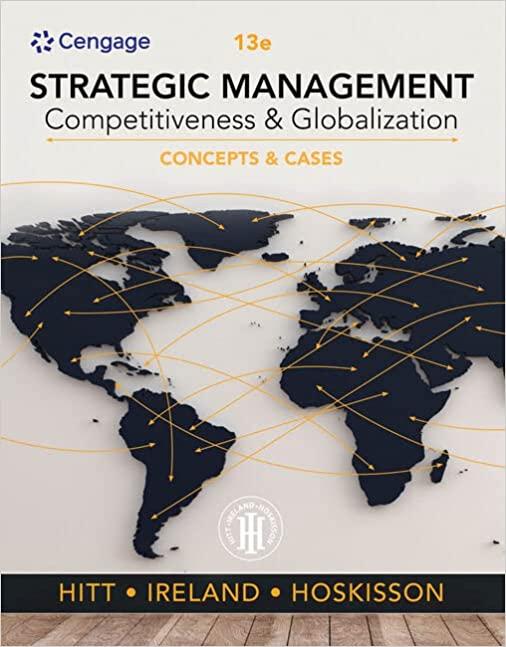Founded in France in 1833, Lafarge became a successful global industrial company specializing in three product areascement,
Question:
Founded in France in 1833, Lafarge became a successful global industrial company specializing in three product areas—cement, construction aggregates, and concrete. The other party in a “merger of equals,” which required well over a year to design and bring to the conclusion the firms intended, is Holcim, a materials and aggregates company that was founded in Switzerland in 1912. Holcim’s global ambitions were obvious early when the firm expanded into France and throughout Europe and the Middle East during the 1920s. This expansion resulted in long-term and active competitions between Lafarge and Holcim. In April of 2014, Lafarge and Holcim announced that they had settled on terms that would result in a merger of equals and that, accordingly, they were prepared to seek regulatory approval of the proposed transaction. Obtaining such approvals was anticipated to be challenging given that the diversity of the independent firms’ global operations meant that 15 or so different jurisdictions could potentially object to a merger between the firms.
Questions
1. Of the “Reasons for Acquisitions” discussed in the chapter, which reasons are the primary drivers of Lafarge-Holcim merger strategy?
2. Given that there have been performance difficulties of this “merger of equals,” which of the “Problems in Achieving Acquisition Success” do you believe have most likely affected this deal?
3. The new CEO, Jan Jenisch, has undertaken a restructuring strategy. Why do you think the market reacted negatively to this plan?
4. What would you suggest the firm do to improve it restructuring plan and ultimately its poor performance?
Step by Step Answer:

Strategic Management Concepts And Cases Competitiveness And Globalization
ISBN: 9780357033838
13th Edition
Authors: Michael A. Hitt, R. Duane Ireland, Robert E. Hoskisson





